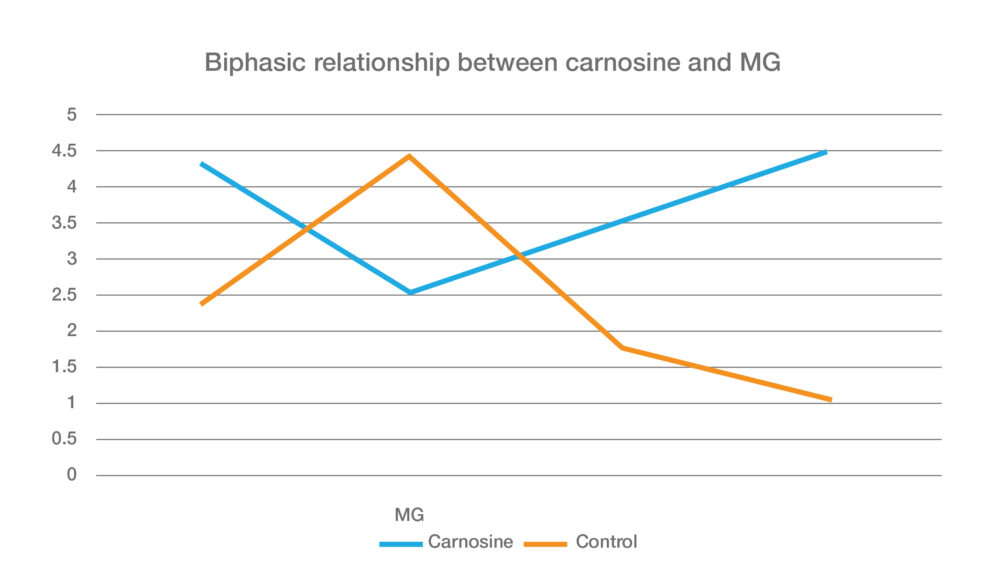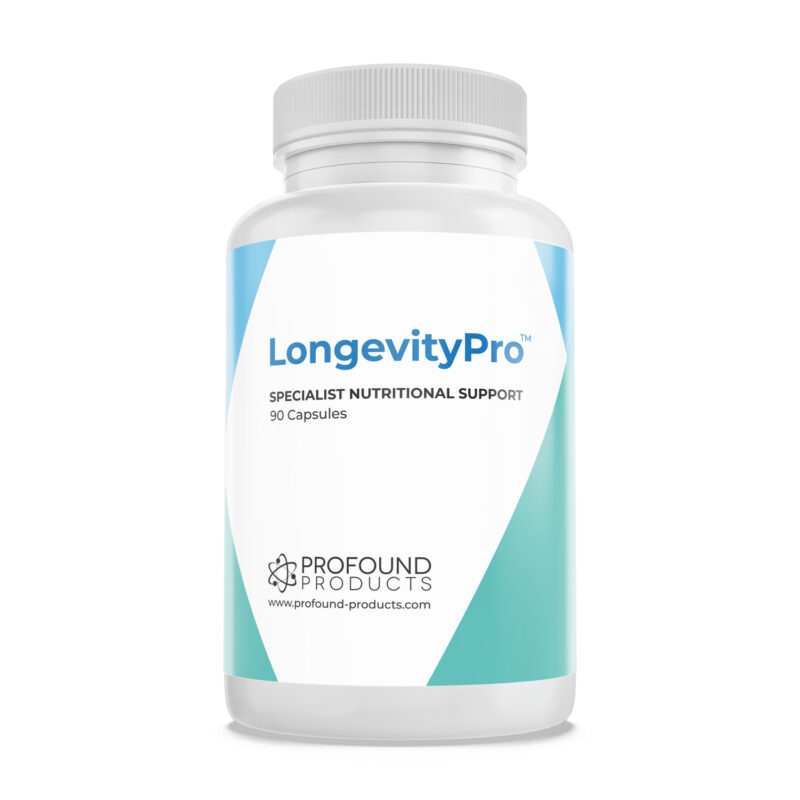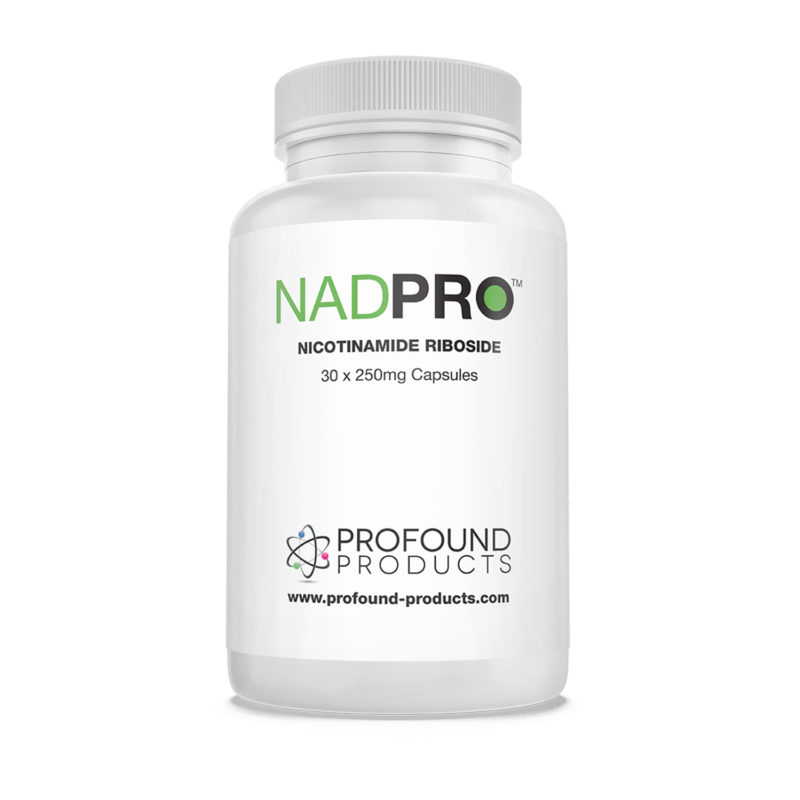Supplements and nutrients in cancer prevention and therapy
When the subject of cancer comes up for discussion, we need to be mindful of these questions:
- Are we talking about the prevention of all cancers?
- Or are we talking of preventing only one type?
- Or are we talking about curing an existing cancer?
These are important questions because the approach would be different in each case. In the case of established cancer, it is necessary to find ways to work together with conventional medical therapies such as chemotherapy or radiotherapy. There are products and compounds which may help reduce the side-effects from these therapies and may help enhance the action of a particular chemotherapeutic agent. In the case of prevention, we may need to employ not only certain supplements or compounds, but also pay attention to the appropriate nutrition for each type of cancer, as well as general lifestyle measures that are already well known and accepted.
Below is a discussion of some nutritional products or other compounds which may play a role in cancer prevention, and/ or may help improve the outcome of conventional anti-cancer therapies. As a personal note, I mention that I do not recommend self-help therapies for cancer if these are not under the direct supervision of a competent specialist. However, a well-informed, open-minded, and knowledgeable physician may prove to be an invaluable asset in all aspects of cancer management.
Resveratrol
Let’s start the discussion with one of the most useful agents in health and aging, namely resveratrol. It is worth remembering that resveratrol is a natural polyphenol product, found in grapes and red wine, peanuts, and berries, (blueberries, mulberries, blackberries), as well as in supplement form. This, like some other agents that will be discussed below, is a pluripotent agent, meaning that it has multiple beneficial actions affecting several organs and processes in our body. It can affect the progression of several types of cancer, and it is considered as a chemo-preventative agent (it is a chemical that prevents cancerous changes). For example, it induces apoptosis, which is the orderly death of cancerous or otherwise damaged cells from our body, and this reduces the viability of cancerous cells in certain cancers, such as those of the cervix (1). Therefore, it is a potential candidate for use in the case of cervical cancer. But examples of its use in other cancers are numerous. For instance, in a study of the effects of resveratrol on human colon cancer cells, it was shown that resveratrol prevents DNA damage, and increases apoptosis of the cancerous cells, while leaving healthy cells unharmed (2).
The case of the benefits of resveratrol both on aging in general, and on cancer, is overwhelming. It is now well accepted by many scientists and physicians that resveratrol supplements should be used to reduce the risk of these two conditions. However, it is also important not to use this on its own, but to use it in association with other agents that have similar and complementary actions. One of these agents is the dipeptide carnosine.
Carnosine
Carnosine (beta alanine, L-histidine), apart from its many pluripotent actions, may also enhance the action of certain drugs used in chemotherapy for cancer. For example, the chemotherapeutic drug cetuximab used in the treatment of many cancers, including colorectal cancer, may act more efficiently if it is used in association with carnosine. It works like this: glycolysis produces the byproduct methylglyoxal (MG), which promotes growth of cancerous cells, and facilitates metastasis. It also interferes with the mammalian target of rapamycin 2 (mTORC2) that may result in resistance to treatment with cetuximab. However, carnosine which is a scavenger for methylglyoxal, reverses these adverse conditions, and leaves cetuximab free to exert its antineoplastic benefits (3). (See Figure 1).

Figure 1: The schematic illustration depicts the action of carnosine in tumor volumes. As methylglyoxal (MG) concentration increases, the volume of cancerous cells in untreated (control) subjects increases up to a point and then drops. However, in carnosine treated subjects, this volume drops, and then increases again. It is therefore important to find the window of these beneficial effects of carnosine, which acts in a hormetic, dose-response manner. This confirms that it is not a simple matter of increasing the dose of compounds, expecting to find increasingly beneficial effects (that is to say, it is not a linear relationship). After a certain point, the compound in question may stop being effective. (See Suresh Rattan’s article about hormesis in this issue of the Aging Matters™ magazine).
Another mechanism of carnosine is the suppression of angiogenesis. During cancer development, there is formation of new blood vessels which are needed for supplying nourishment to the growing cancer. Using bladder cancer cells, researchers were able to show that carnosine modulates factors which promote angiogenesis, thus inhibiting the process of metastasis. This effect of carnosine, in some cases, was equivalent to that of cisplatin which is used routinely in cancer chemotherapy (4).
Amygdalin (sometimes known as vitamin B17)
The seeds of apricots, peaches and almonds are rich in this glycoside, which has both protective and detrimental effects in cancer. It is thus, a pluripotent modulator of physiological functions, and it is used by some physicians not only for general cancer protection but also against cough and fever. It protects against oxidative damage of human lymphocytes and reduces DNA damage (5). There is some research confirming the benefits of amygdalin on solid tumors such as those of the lungs, kidneys, and bladder, whereas other research is inconclusive. Amygdalin works by releasing small amounts of cyanide which may kill cancer. It also induces apoptosis of cancerous cells and regulates the immune system (6). Research is still needed in this area, including research in establishing the right dose or its combined effects with another chemotherapeutic. Here again we see the principle of hormesis being involved, when low exposure to a poison (cyanide) can have benefits, where exposure to higher doses causes toxicity.
It is relevant to mention here that research has shown a synergistic effect between amygdalin and zinc. A study of these combined effects on liver carcinoma cells (7), showed that whereas amygdalin on its own had “a strong anticancer activity”, the combination with zinc had an even better “highly significant” effect, by promoting apoptosis of the cancerous cells. The researchers concluded that:
“Amygdalin is a natural anti-cancer agent, which can be used for the treatment of hepatocellular carcinoma. It promotes apoptosis via the intrinsic cell death pathway (the mitochondria-initiated pathway) and cell cycle arrest at G/M. The potency of amygdalin in (liver cancer cells) treatment increased significantly by the addition of zinc.”
Melatonin
Changes in the circadian rhythm, i.e., an altered sleep-wake pattern due to melatonin dysfunction, has a well-studied association with cancer of the breast. Melatonin has anti-cancer effects on this and several other types of cancer (8). Its favorable effects were also discussed recently in pancreatic cancer (9), and specifically with melatonin’s ability to modulate apoptosis (Figure 2), inflammation and oxidative stress in the pancreas. We also know that men with high levels of melatonin have a much-reduced risk of developing prostate cancer, compared to men who have low levels of melatonin.
One mechanism of this protective effect of melatonin is through the inhibition of MMP-13 which may increase the metastatic tendency of cancer (10). What is MMP-13 (matrix metallopeptidase 13) and why is it important here? Well, the family of the matrix metalloproteinases (MMP) is a group of proteins which work in the extracellular space and take part in regulating tissue growth and development. MMP-13 is involved in the development (or not) of atherosclerosis, osteoarthritis, and rheumatoid arthritis, to name a few, and this depends on a very complicated chain of metabolic events. In any case, melatonin suppresses excessive activity of MMP-13 and so it makes it more difficult for cancer to develop. There are over 2000 scientific papers studying the action of melatonin on human cancers, and most of these are listed in Medline.
Something that can be relevant in the case of radiotherapy and melatonin, is the case of ionizing radiation. Although ionizing radiation is used in radiotherapy, it is known that it can cause oxidative imbalance which can have negative consequences on healthy cells too. In this sense, scientists studied the effects of melatonin with respect to controlling excessive oxidative damage during radiotherapy. In this study, in addition to melatonin, vitamin D was also associated with protective, antioxidant effects (11). This is a complex area, because a balance must be found between excessive protection, (which can also unwittingly protect cancerous cells), and limited protection, (which can cause damage not only to cancerous cells, but also to healthy cells). This example is mentioned here as a suggestion supporting the generally beneficial effects of melatonin. It also relevant to mention that it crosses the blood-brain barrier, and so it can also be used in other chronic degenerative conditions such as Alzheimer’s dementia and Parkinson’s disease.
But melatonin, to work fully, has certain peculiarities. First, although it can be taken at any time during the day and night, it works better when the individual is in complete darkness, something that can be achieved during sleep time. Studies show that under complete darkness, melatonin can suppress cancerous growth. Its secretion is inhibited during exposure to light, and logically, its benefits are blocked too.
For more details see here: https://aging-matters.com/melatonin-stops-cancer/
Second, there is the issue of the dose. In cancer experiments, very high doses of melatonin were used. For example, a leading melatonin expert, Dr. Walter Pierpaoli, has used daily dosages from as low as 0.1 mg to a whopping 200 mg a day without side-effects. Others have used a relatively more conservative dose of 100 mg at night.
Figure 2: How melatonin affects apoptosis: It regulates the balance between apoptotic factors Bcl-2 and Bax, and this activates a chain of events which release Caspase-3 from the mitochondria, resulting in the death of the damaged cell.
Coriolus versicolor
There are several studies regarding a fungus used in Asia, (China, Japan), and its ability to influence cancer development. Coriolus versicolor is an edible medicinal mushroom, also known as Trametes versicolor. It contains polysaccharides, which have been claimed to have cancer-inhibiting properties.
Here, it is relevant to mention that cancer cells develop within a favorable (to them) microenvironment where the concentration of nutrients, immune function, blood flow and many other factors is in perfect balance. When this balance is disrupted, then the development of cancer is inhibited. In this respect, it was found that coriolus extracts interfere with immune and inflammation factors within this microenvironment, and so they slow down the growth and development of cancer (12). In addition, polysaccharides derived from coriolus are known to reduce oxidative damage and modulate apoptosis of melanoma cells, and this suggests that the extracts may be useful in other cancers too (13).
In general, it is known that polysaccharides from coriolus also have an immune-boosting effect, which, in association with the other actions of these polysaccharides, may translate into an overall benefit in cancer development (14).
Phosphatidylcholine
In several tumors, including cervical cancer, there are alterations in the composition of cell membrane lipids, when compared to the physiological situation. When cancer cells develop, they depend on metabolic pathways to synthesize complex lipids, which serve as protectors of their cell membrane. It is known that phosphatidylcholine which is the major phospholipid component of such cell membranes, can play a role in the growth of cancer, and this can happen when the phospholipid metabolism is disrupted. In a study, it was found that phosphatidylcholine, as well as some other lipids, show significant changes both in early cancerous changes and in full-blown cervical cancer, when compared to healthy controls. Therefore, lipid profiling can be a useful method for monitoring the development of cancer in this example. In addition, a healthy lipid balance plays a role in chemoresistance, in other words, in the resistance of the cancer against chemotherapy. So, it is important to maintain a normal, healthy status when it comes to phosphatidylcholine metabolism (15).
Conclusion
Prevention or treatment of cancer does not only depend on lifestyle measures or physician-only prescribed drugs. Certain nutritional supplements, compounds or agents can also be used to support and complement existing approaches. This is a specialized subject that requires open mind, knowledge, expertise, and a desire to explore other possibilities. There is no place for complacency or for not seeking expert advice which must be tailored to each specific individual. Research is continuing and aims to clarify some controversies that may exist, or to expand on the mechanisms of action of these and many other compounds. We must continue to inform ourselves about these latest developments to devise the best possible action plan for reducing the risk of cancer and aging in general.
References
- Sun X, Fu P, Xie L, et al. Resveratrol inhibits the progression of cervical cancer by suppressing the transcription and expression of HPV E6 and E7 genes. Int J Mol Med. 2020 Nov 17
- Kuryłowicz K, Cierniak A, Madej E, et al. Resveratrol enhances apoptosis induced by the heterocyclic aromatic amines in p53-wt LoVo cells, but not in p53-deficient HaCaT cells. Acta Biochim Pol. 2020 Oct 27. doi: 10.18388/abp.2020_5477
- Bellier J, Nokin MJ, Caprasse M, et al. Methylglyoxal Scavengers Resensitize KRAS-Mutated Colorectal Tumors to Cetuximab. Cell Rep. 2020 Feb 4;30(5):1400-1416.e6.
- Hwang B, Shin SS, Song JH, et al. Carnosine exerts antitumor activity against bladder cancers in vitro and in vivo via suppression of angiogenesis. J Nutr Biochem. 2019 Dec; 74:108230
- Erikel E, Yuzbasioglu D, Unal F. Genotoxic and antigenotoxic potential of amygdalin on isolated human lymphocytes by the comet assay. J Food Biochem. 2020 Aug 14:e13436. doi: 10.1111/jfbc.13436. Epub ahead of print. PMID: 32794256
- Shi J, Chen Q, Xu M, et al. Recent updates and future perspectives about amygdalin as a potential anticancer agent: A review. Cancer Med. 2019 Jun;8(6):3004-3011
- El-Desouky MA, Fahmi AA, Abdelkader IY, Nasraldin KM. Anticancer Effect of Amygdalin (Vitamin B-17) on Hepatocellular Carcinoma Cell Line (HepG2) in the Presence and Absence of Zinc. Anticancer Agents Med Chem. 2020;20(4):486-494
- Ahabrach H, El Mlili N, Errami M, Cauli O. Circadian rhythm, and concentration of melatonin in breast cancer patients. Endocr Metab Immune Disord Drug Targets. 2020 Nov 30. doi: 10.2174/1871530320666201201110807. Epub ahead of print
- Tamtaji OR, Mirhosseini N, Reiter RJ, et al. Melatonin and pancreatic cancer: Current knowledge and future perspectives. J Cell Physiol. 2019 May;234(5):5372-5378
- Wang SW, Tai HC, Tang CH, et al. Melatonin impedes prostate cancer metastasis by suppressing MMP-13 expression. J Cell Physiol. 2020 Nov 29. doi: 10.1002/jcp.30150. Epub ahead of print
- Nuszkiewicz J, Woźniak A, Szewczyk-Golec K. Ionizing Radiation as a Source of Oxidative Stress-The Protective Role of Melatonin and Vitamin D. Int J Mol Sci. 2020 Aug 13;21(16):5804
- Jędrzejewski T, Pawlikowska M, Sobocińska J, Wrotek S. Protein-Bound Polysaccharides from Coriolus Versicolor Fungus Disrupt the Crosstalk Between Breast Cancer Cells and Macrophages through Inhibition of Angiogenic Cytokines Production and Shifting Tumour-Associated Macrophages from the M2 to M1 Subtype. Cell Physiol Biochem. 2020 Jun 20;54(4):615-628
- Pawlikowska M, Piotrowski J, Jędrzejewski T, et al. Coriolus versicolor-derived protein-bound polysaccharides trigger the caspase-independent cell death pathway in amelanotic but not melanotic melanoma cells. Phytother Res. 2020 Jan;34(1):173-183
- Zhang X, Cai Z, Mao H, Hu P, Li X. Isolation, and structure elucidation of polysaccharides from fruiting bodies of mushroom Coriolus versicolor and evaluation of their immunomodulatory effects. Int J Biol Macromol. 2020 Nov 6: S0141-8130(20)34943-6. doi: 10.1016/j.ijbiomac.2020.11.018. Epub ahead of print
- Cheng F, Wen Z, Feng X, et al. A serum lipidomic strategy revealed potential lipid biomarkers for early-stage cervical cancer. Life Sci. 2020 Nov 1; 260:118489

